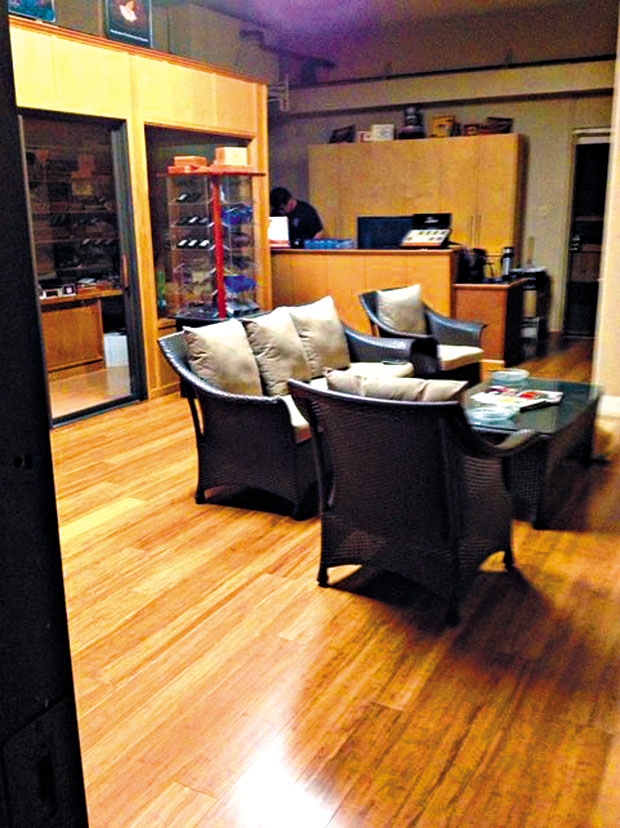This is the third in a series of 12 articles that feature the valuable information usually disseminated at Kahala Pacific Floors’ monthly Great Flooring 101 seminars. Due to suspension of its very popular seminars due to COVID-19, company president Shirley Pai Hilton has developed a new hourlong webinar version of Great Flooring 101 and has also agreed to feature the information in Hawaii Renovation.
Thus far in our series, we have talked about various forms of wood flooring available in today’s market, and we’ve also talked about characteristics of wood, such as cellular structure, color, and hardness. This week, we are going to leave wood behind and talk about bamboo.
Bamboo has been used quite extensively for flooring over the past 20 or so years, but it is not wood. Rather, bamboo is classified as a grass, as the structural makeup of the plant and other characteristics prevent it from being considered a tree. Large, mature stalks are harvested and cut into even strips, which are then processed, dried and made into flooring.
There are two main colors of bamboo: natural or carbonized. Natural bamboo is light beige and what you arrive at after regular processing and drying. Carbonized bamboo is a darker caramel color that is achieved through further steaming and heating under pressure. Natural sugars in the bamboo are caramelized and yield this beautiful ,rich color.
Then, bamboo also has two different grains. The strips can be stacked so that the wide face of the strip is what you see on top. This is called horizontal grain bamboo. The strips can also be stacked with the side of the strip or the profile showing, and this is called vertical grain bamboo. They have quite different looks and some differences in durability depending on color and grain.
The most popular form of bamboo right now, however, is none of the above. Rather, it is called strand bamboo, stranded bamboo or compressed bamboo, depending on who you talk to. It’s all referring to a form of bamboo flooring that was originally a byproduct of the manufacturing process. Someone had the great idea to cut up the small, unusable strips into strands of bamboo, mix them with resin, and heat compress this into blocks of material, which are then cut up into flooring. It yields a very hard form of flooring that has become very popular.
Want to learn more? Please watch for our next article and also sign up for one of our upcoming Great Flooring 101 webinars happening on Saturday, Nov. 7 at 10 a.m. or Thursday, Nov. 19 at 7 p.m. Please call 847-7711 to register or email sales@piiwood.com. See you online!
KAHALA PACIFIC FLOORS
CONTACT 847-7711
See more articles from: Kahala Floors

